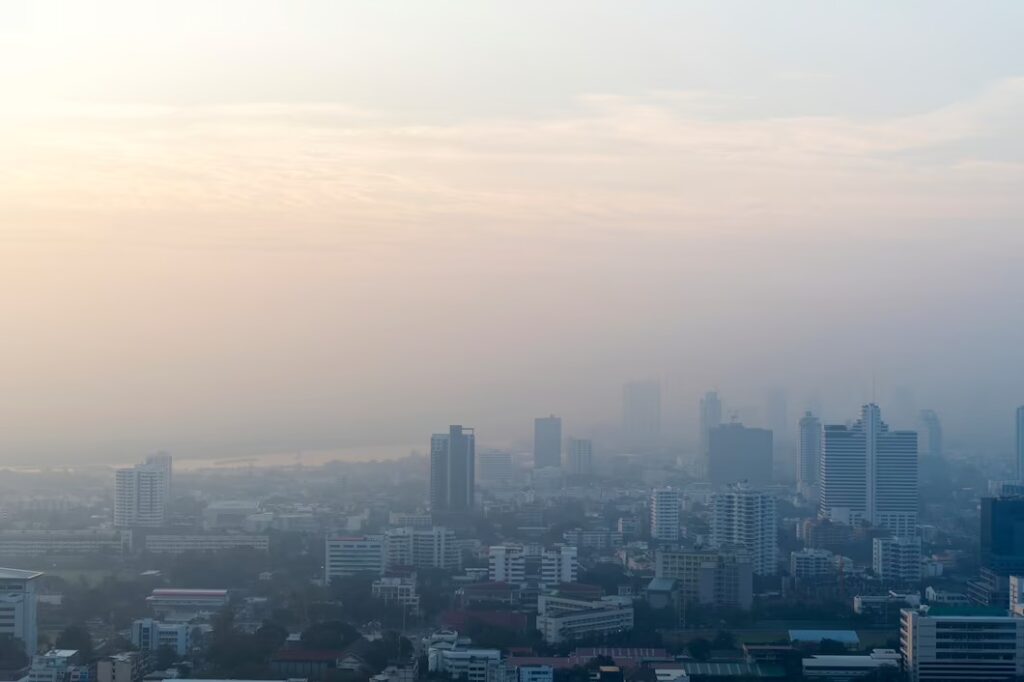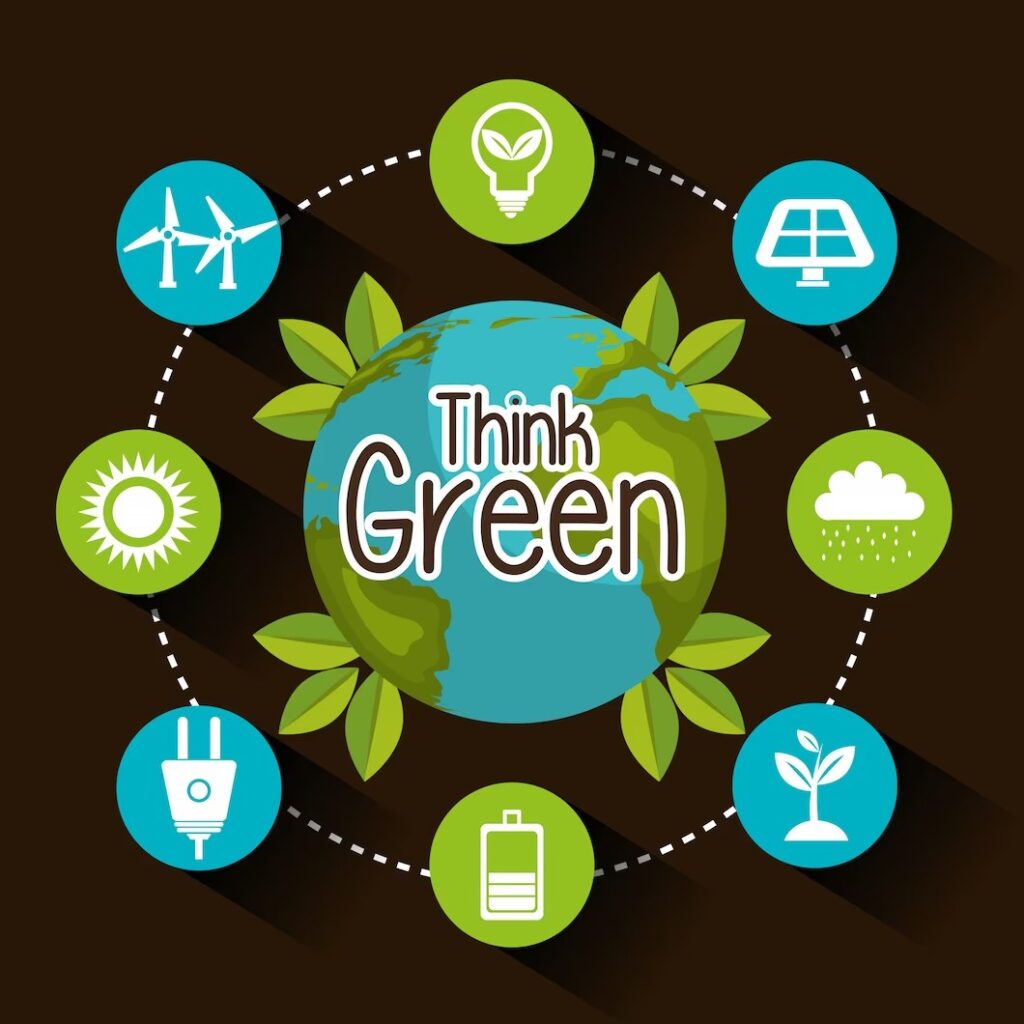Introduction

Table of Contents
A major environmental problem that has an impact on the health and happiness of millions of people is air (partical) pollution. Although it is a complicated issue with many causes and effects, with coordinated efforts we can lessen its effects and progress towards cleaner, healthier air. We will examine the sources, impacts, and potential remedies for reducing air pollution in this blog.
Causes:
Industrial Emissions:A number of pollutants, including as particulate matter, sulphur dioxide (SO2), nitrogen oxides (NOx), and volatile organic compounds (VOCs), are released into the air by factories and other industrial facilities.

Transportation:Through exhaust emissions, automobiles—especially those powered by fossil fuels—contribute greatly to air pollution. Carbon monoxide (CO) and particulate matter are two hazardous contaminants that are present in these emissions.

Agricultural Activities:Ammonia and other chemicals may be released into the air as a result of the use of pesticides and fertilisers in agriculture.
Deforestation and Land Use Changes:By interfering with the carbon cycle and releasing stored carbon into the atmosphere, cutting down trees and destroying natural habitats contribute to air pollution.

Effects:
Health Impacts:A significant public health issue is air pollution. It can aggravate underlying illnesses like asthma and cause respiratory issues, heart disease, lung cancer, and other health problems.
Environmental Damage:Air pollution can damage flora, have an impact on wildlife, and destroy ecosystems. Acid rain, a byproduct of air pollution, can harm forests and aquatic life.
Climate Change:Some air pollutants, such as greenhouse gases (such as carbon dioxide), are responsible for climate change and global warming, which causes more extreme weather conditions and increasing sea levels.
Reduced Air Quality:Visibility is impacted by poor air quality, which increases the risk of accidents and disrupts transportation systems.
Solutions to Combat Air Pollution
Transition to Clean Energy:To reduce emissions from fossil fuels, encourage the use of renewable energy sources like solar, wind, and hydropower.
Improved Transportation:To cut emissions from the transportation sector, promote carpooling, electric and hybrid vehicle development, and public transit.
Stringent Regulations:Regulations and standards for emissions from automobiles and industries should be strengthened and enforced.
Reforestation and Green Spaces:Urban greening and tree planting can help clean the air by absorbing pollutants.
Awareness and Education:Public awareness campaigns can educate people about the risks of air pollution and promote environmentally friendly behaviours.
Technological Innovations:Spend money on developing and researching greener technology and pollution prevention techniques.
Conclusion
A serious problem that has an impact on public health, the environment, and the climate on a worldwide scale is air pollution. It necessitates a comprehensive strategy incorporating legislative changes, technology advancements, and individual decisions. We can all benefit from a healthier and more sustainable future if we all work together to cut emissions and safeguard our air quality.

FAQ’S
What is air pollution?
When dangerous or poisonous compounds are present in the air, it can negatively impact both the environment and human health. This is known as air pollution. Although natural events like wildfires and volcanic eruptions can produce these pollutants, industrial processes, car emissions, and the burning of fossil fuels are the main human sources. Particulate matter, nitrogen oxides, sulphur dioxide, carbon monoxide, volatile organic compounds, and heavy metals are examples of common air contaminants. Extended exposure to air pollution is linked to a number of health issues, such as cardiovascular and respiratory disorders. It can also harm ecosystems and exacerbate climate change. It is essential to regulate and minimise air pollution in order to protect the environment and human health.
What are the common sources of air pollution?
Emissions from automobiles, factories, power plants, farms, and natural sources like volcanic eruptions and wildfires are examples of common sources.
How does air pollution impact human health?
Cardiovascular disorders, respiratory disorders, and other health problems can be brought on by air pollution. Extended exposure has been connected to respiratory infections, lung cancer, and the worsening of pre-existing illnesses including asthma.
What are the environmental effects of air pollution?
Acid rain, harmed vegetation, ecosystems, and water quality are all impacted by air pollution. Additionally, it contributes to climate change by altering the greenhouse gas balance.
How can individuals reduce their exposure to air pollution?
Using public transit, cutting back on automobile emissions, staying indoors less on days with heavy pollution, and supporting laws that favour cleaner air are among actions that can be taken.
What is the role of governments in addressing air pollution?
Governments are essential in developing and enforcing laws to limit industrial emissions, encouraging environmentally friendly modes of transportation, and keeping an eye on air quality to protect public health.

Good show
Nice article bro , it is very informative 🔝🙏